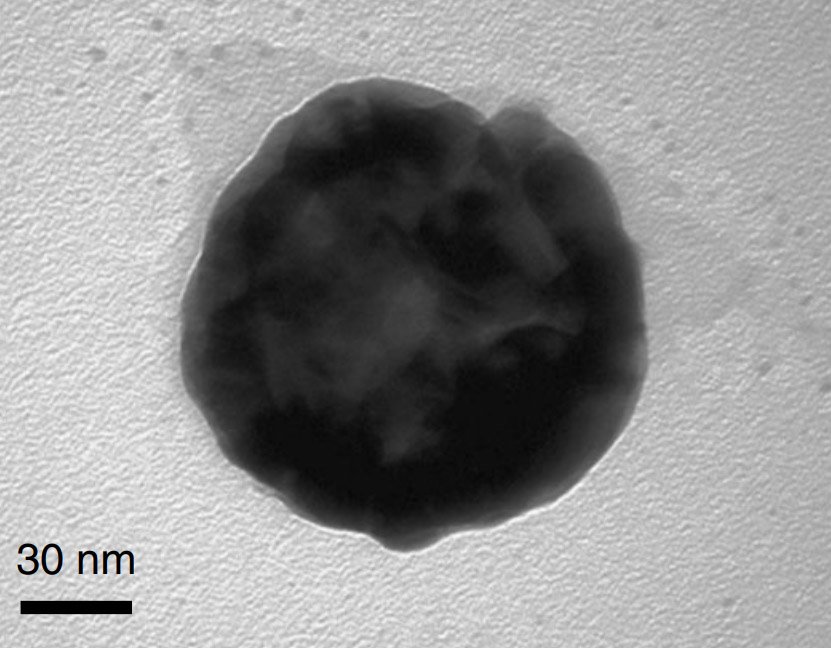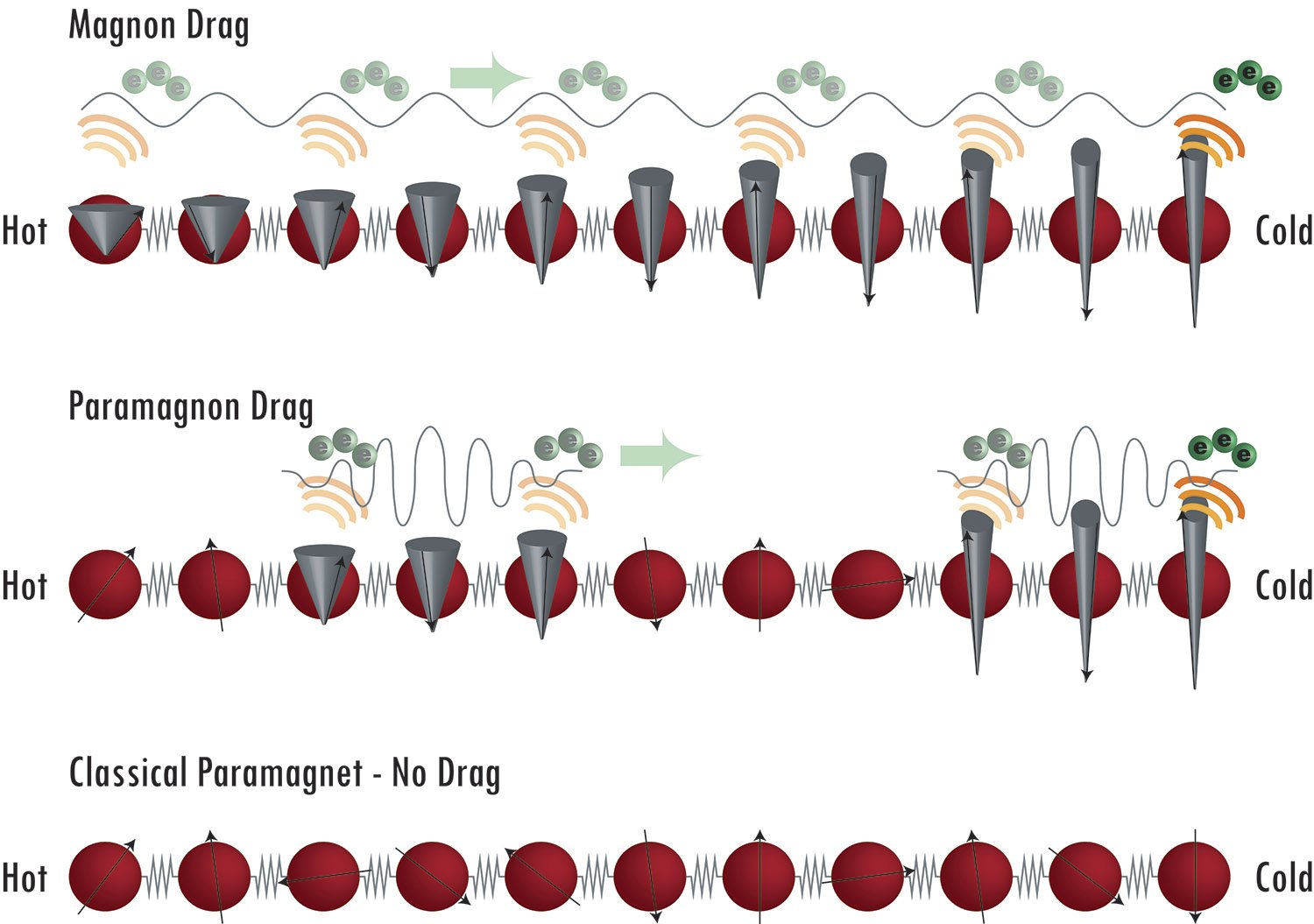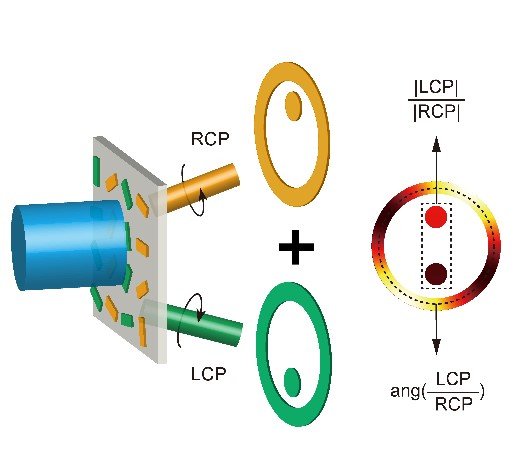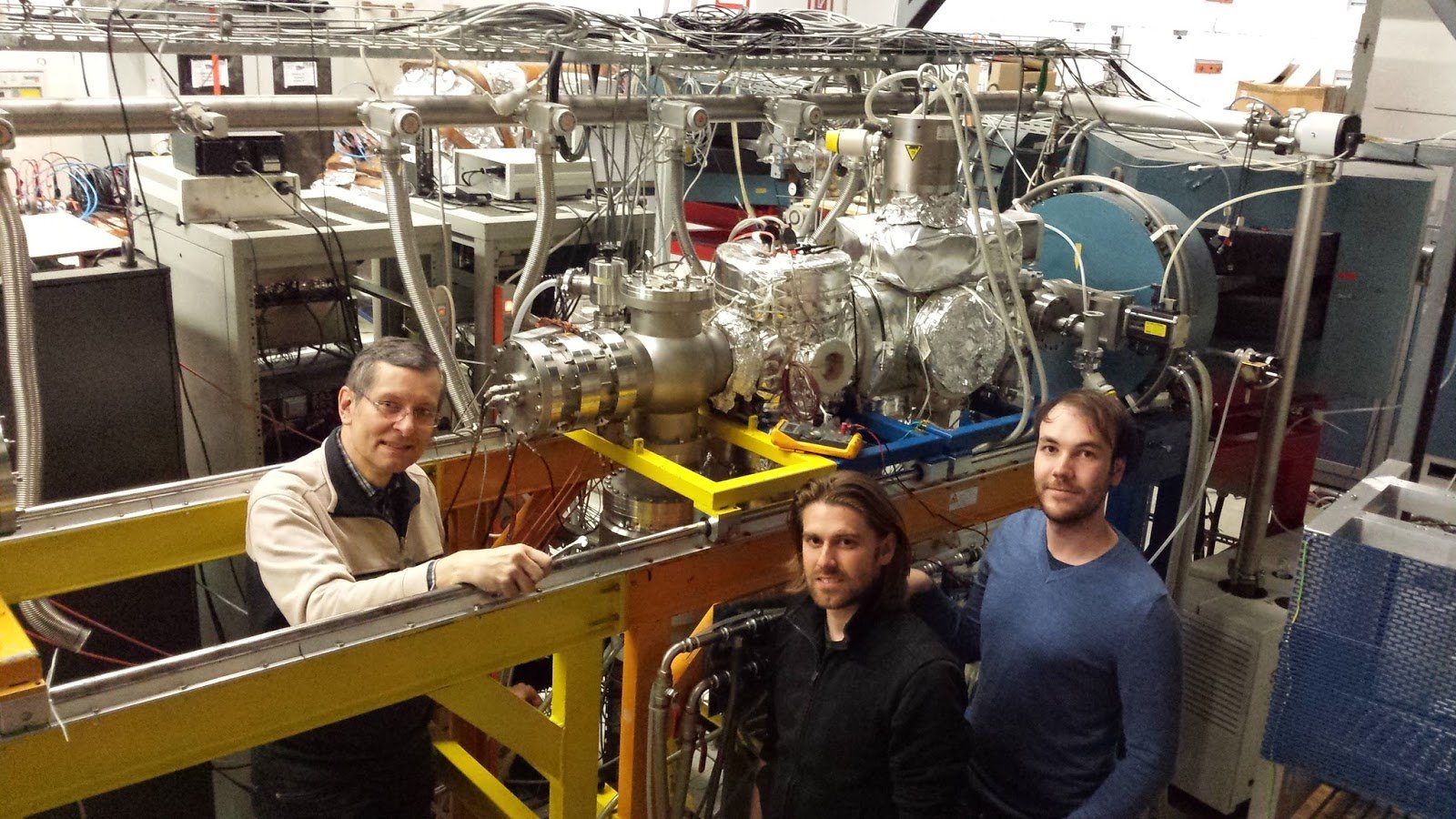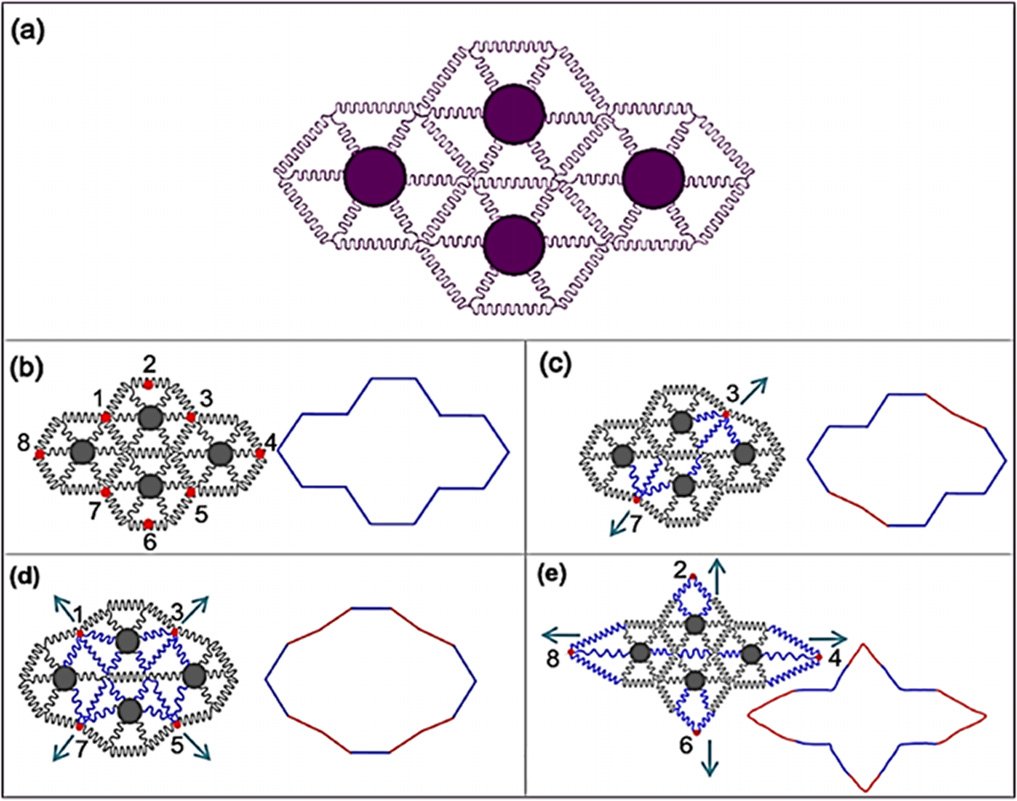High-speed imaging of surface-enhanced Raman scattering fluctuations from individual nanoparticles
At the atomic scale, nothing is stable and atoms and molecules are always moving around. For a tiny particle of shiny gold or silver, about 1% of the time these random arrangements allow us to see, for a brief time, a single molecule that is attached to the particle’s surface. However, these fluctuations are fast, … Read more
